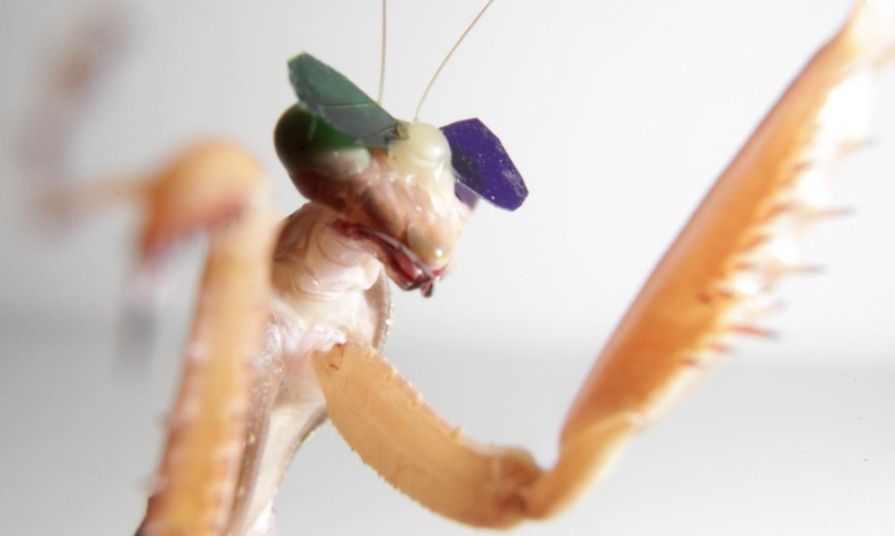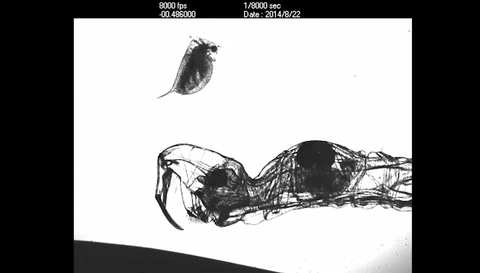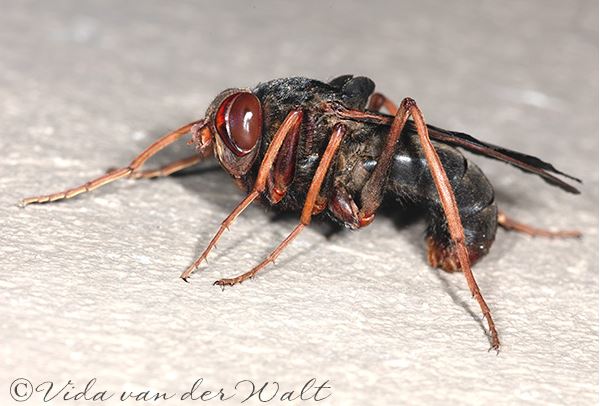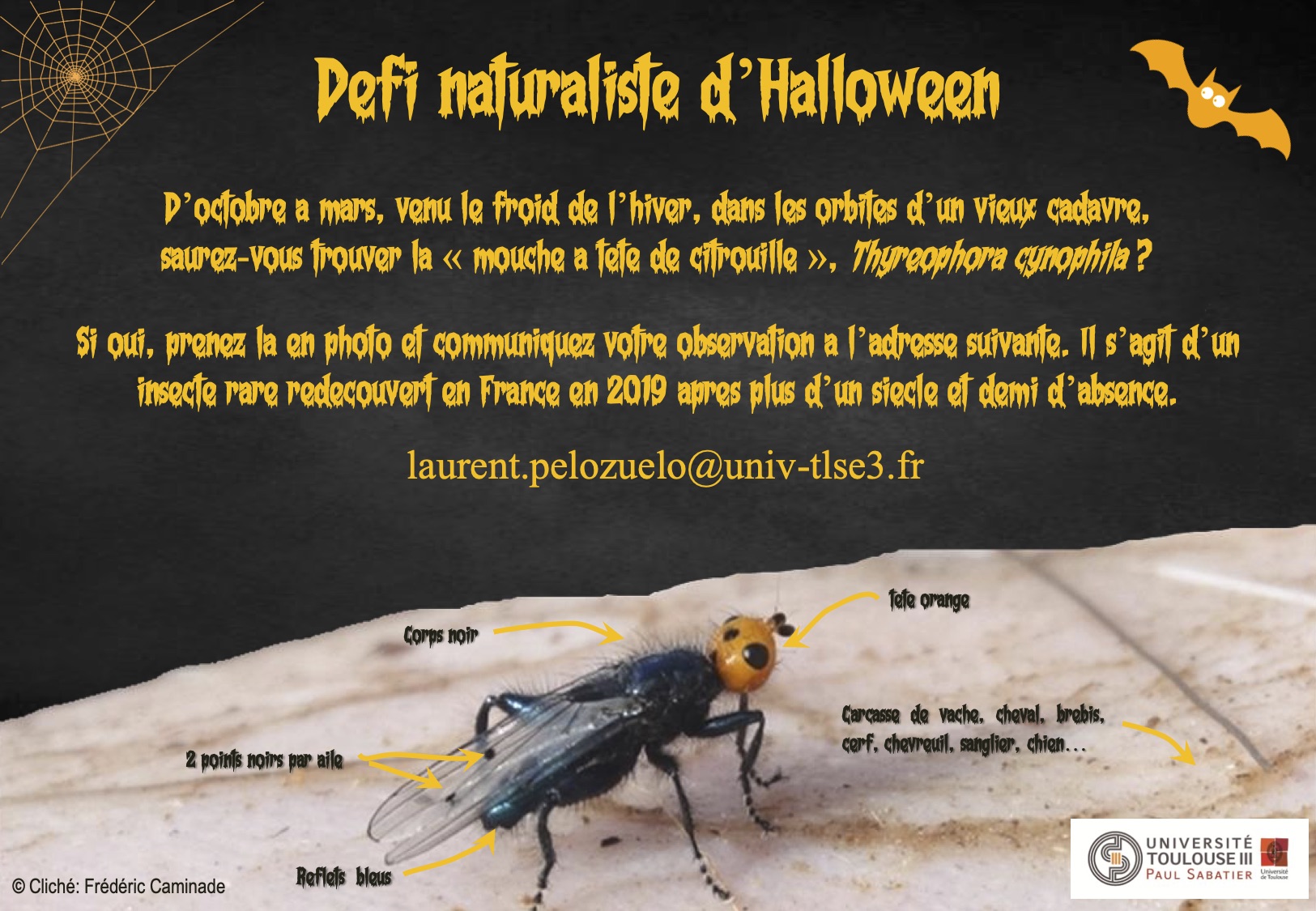A large number of animal species have developed the ability to estimate and determine object distance and depth of field by combining and analyzing visual information from the image perceived by each of their eyes from a different angle: this is stereo vision (also called 3D). This faculty gives them a definite advantage in the perception of their environment, both for the displacement and the capture of prey.
To obtain a precise 3D image, the eyes must be positioned on the same plane at the front of the head : an organization found in predatory species such as cats or nocturnal raptors, or also in primates.
Although the functioning of stereoscopic vision in vertebrates is well described and understood today, that of invertebrates, such as insects, remains incomplete because of the difficulty of conducting experiments on their scale.
The two lines have diverged phylogenetically for hundreds of millions of years, it is likely that the functioning of the visual system of insects is fundamentally different from that of vertebrates. It is therefore interesting to discover the different solutions put in place by natural selection in these species in response to the same adaptive constraint, given the relative simplicity of the insect nervous system.
caption id=”attachment_2738″ align=”alignright” width=”319″] 3D glasses placed on eyes composed of a religious mantis (Source Gizmodo)[/caption]
3D glasses placed on eyes composed of a religious mantis (Source Gizmodo)[/caption]
To answer these questions, a team of English and French scientists, led by Vivek Nityananda of the Neuroscience Institute of Newcastle, undertook experiments in 2015 consisting in creating a 3D cinema for mant-religious !
After having fixed 3D glasses on the eyes composed of the insects (lire this article) with beeswax (see photo opposite), the scientists scrolled images, where only those in 3D were visible by the insects and observed their behavior (attack or not).
caption id=”attachment_2741″ align=”alignleft” width=”360″] 3D insect cinema to study stereoscopic vision in mantis religions (Source : Nityananda, 2015)[/caption]
3D insect cinema to study stereoscopic vision in mantis religions (Source : Nityananda, 2015)[/caption]
Their results initially showed that the mantises-religious only triggered an attack behavior when moving 3D objects passed (see photo opposite and video at the bottom of article). This result confirms that they use stereoscopic vision to capture their prey.
Then, by modifying the experimental conditions and parameters, scientists showed, against all expectations, that colour information would not be used by these insects. Thus, unlike other insects, the mantises-religious would possess a monochromatic vision (sensitive to a single wavelength, or to a narrow band of the light spectrum) and would be blind to the spectral differences (wavelength) coming from the images of the two eyes. Their stereoscopic vision would therefore only rely on the detection of prey movements.
The acquisition of this information on the stereoscopic vision of insects will be useful to describe new biological mechanisms, which translated into algorithms, will allow the development and adaptation of simpler depth of field perception systems, applied in robotics.
Source :
– Nityananda V. ; Tarawneh G. ; Rosner R. ; Nicolas J. ; Crichton S. & Read J. (2015) : Insect stereopsis demonstrated using a 3D insect cinema – Scientific reports 6:18718 (lien)





